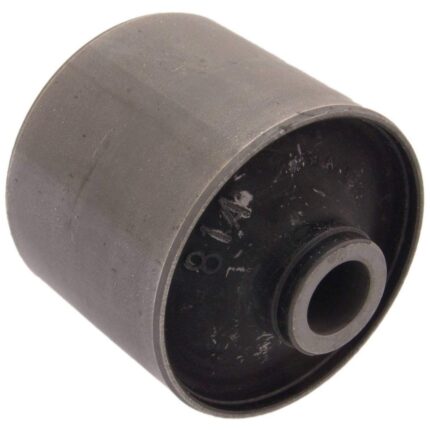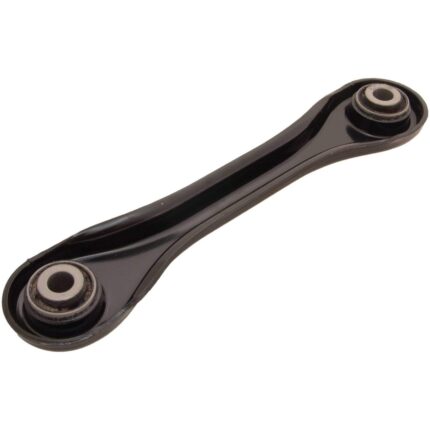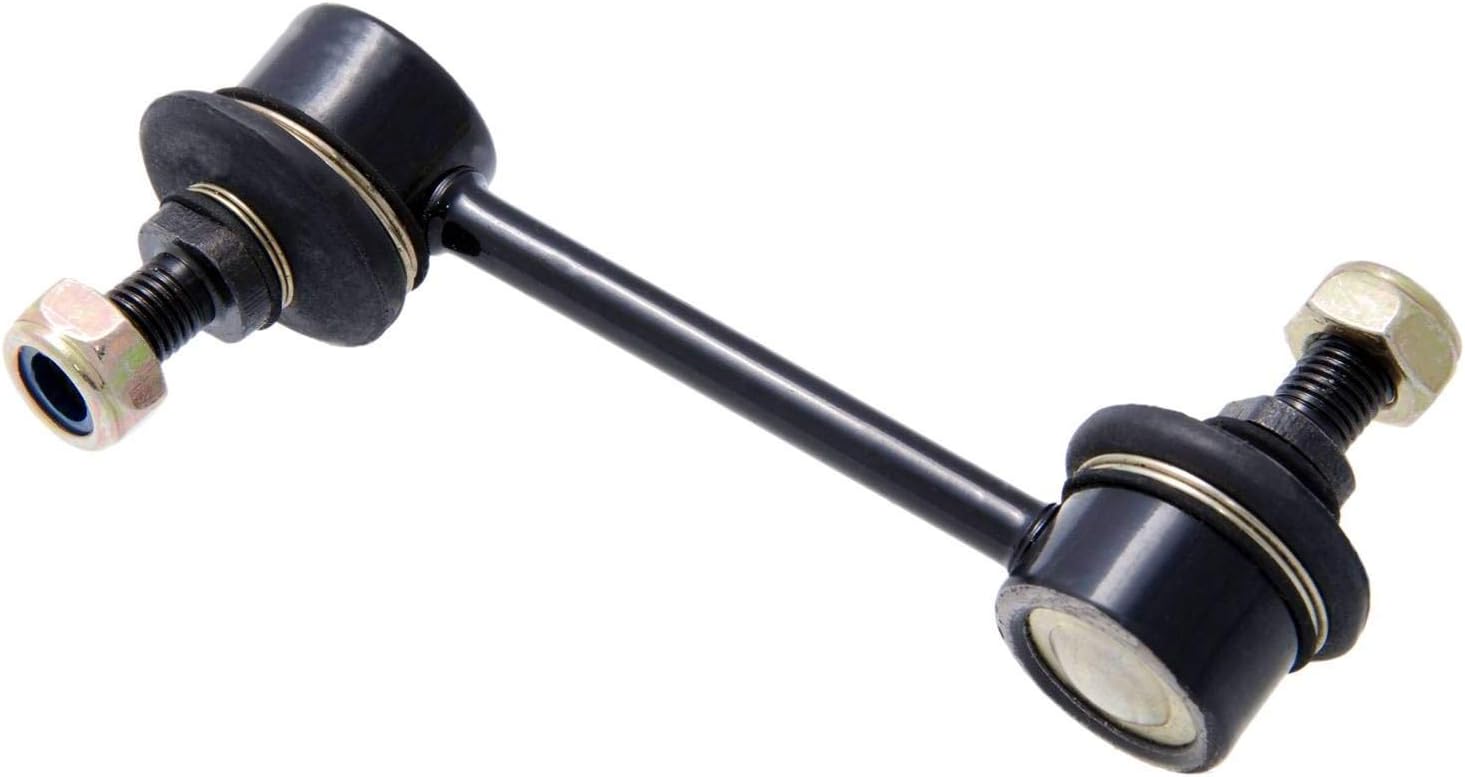-25%
Get Toyota Corolla 90/100/110 Rear Stabilizer Link Assy
The stabilizer link assembly, also known as a sway bar link or anti-roll bar link, is a crucial component of a vehicle’s suspension system. It connects the stabilizer bar (also called the sway bar or anti-roll bar) to the suspension components, such as the control arms or struts. Here’s a detailed overview of the stabilizer link assembly, its functions, and its importance in vehicle performance:
Functions of Stabilizer Link Assembly
- Reducing Body Roll
Primary Function: Minimize body roll during cornering and sharp turns.
Details:
- Force Distribution: The stabilizer bar transfers lateral forces from one side of the suspension to the other through the stabilizer links.
- Enhanced Stability: By reducing body roll, the stabilizer link assembly enhances vehicle stability and handling, especially during cornering maneuvers.
- Improving Handling
Primary Function: Enhance overall handling and responsiveness.
Details:
- Reduced Sway: Helps maintain tire contact with the road surface, improving traction and reducing the risk of skidding.
- Steering Precision: Enhances steering response by minimizing body sway, allowing for more precise control of the vehicle.
- Balancing Suspension
Primary Function: Balance the suspension system to optimize performance.
Details:
- Symmetrical Force Distribution: The stabilizer link assembly ensures that forces generated during vehicle maneuvers are evenly distributed across both sides of the suspension.
- Promotes Even Tire Wear: By balancing the suspension, it helps promote even tire wear and prolongs tire life.
- Enhancing Comfort
Primary Function: Improve ride comfort by reducing vibrations and noise.
Details:
- Vibration Dampening: Acts as a vibration absorber, reducing the transmission of road vibrations and noise into the vehicle cabin.
- Smooth Ride: Enhances comfort for passengers by minimizing the effects of bumps and uneven road surfaces.
Construction and Operation
- Design: Typically consists of a metal rod (stabilizer bar) connected to the suspension via stabilizer links at each end.
- Connection: Attached to the control arms or struts with ball joints or bushings, allowing the stabilizer bar to rotate and react to suspension movements.
- Flexibility: The stabilizer links allow the stabilizer bar to twist and flex as needed to counteract body roll and maintain stability during cornering.
Signs of Worn or Failing Stabilizer Link Assembly
- Clunking or Rattling Noise
Description: Audible noises, such as clunking or rattling, especially when driving over bumps or uneven roads.
Details:
- Loose Components: Worn stabilizer links or bushings can cause excessive play or movement, resulting in noise when driving over rough surfaces.
- Metal-to-Metal Contact: If the stabilizer links become worn out, they may cause metal-to-metal contact, leading to noise during vehicle operation.
- Increased Body Roll
Description: Noticeable increase in body lean or sway during turns or maneuvers.
Details:
- Ineffective Stabilization: Worn stabilizer links can reduce the effectiveness of the stabilizer bar, resulting in increased body roll and reduced stability during cornering.
- Handling Issues: The vehicle may feel less responsive and less stable, especially when negotiating curves or corners at higher speeds.
- Uneven Tire Wear
Description: Abnormal wear patterns on the tires, such as excessive wear on the inner or outer edges.
Details:
- Suspension Misalignment: A failing stabilizer link assembly can contribute to misalignment of the suspension components, leading to uneven tire wear.
- Handling Problems: Uneven tire wear can affect vehicle handling and safety, compromising traction and stability.
- Visible Damage or Corrosion
Description: Visual inspection reveals cracked, torn, or corroded stabilizer links or bushings.
Details:
- Rubber Deterioration: Rubber bushings can deteriorate over time due to exposure to the elements, causing cracks or tears.
- Metal Components: Stabilizer links or brackets may show signs of corrosion, which can weaken their structural integrity and affect performance.
Maintenance and Replacement
- Regular Inspection: Periodically inspect the stabilizer link assembly for signs of wear, damage, or corrosion.
- Lubrication: Some stabilizer links have grease fittings that require lubrication to maintain performance and extend their lifespan.
- Replacement: Replace worn or damaged stabilizer links or bushings promptly to restore proper suspension function and improve vehicle stability.
- Professional Service: Consider having a qualified mechanic perform the replacement, as it may require specialized tools and expertise.
- Alignment Check: After replacing stabilizer link components, ensure proper wheel alignment to prevent premature wear and ensure optimal vehicle handling.
Follow us on Facebook for more parts.



